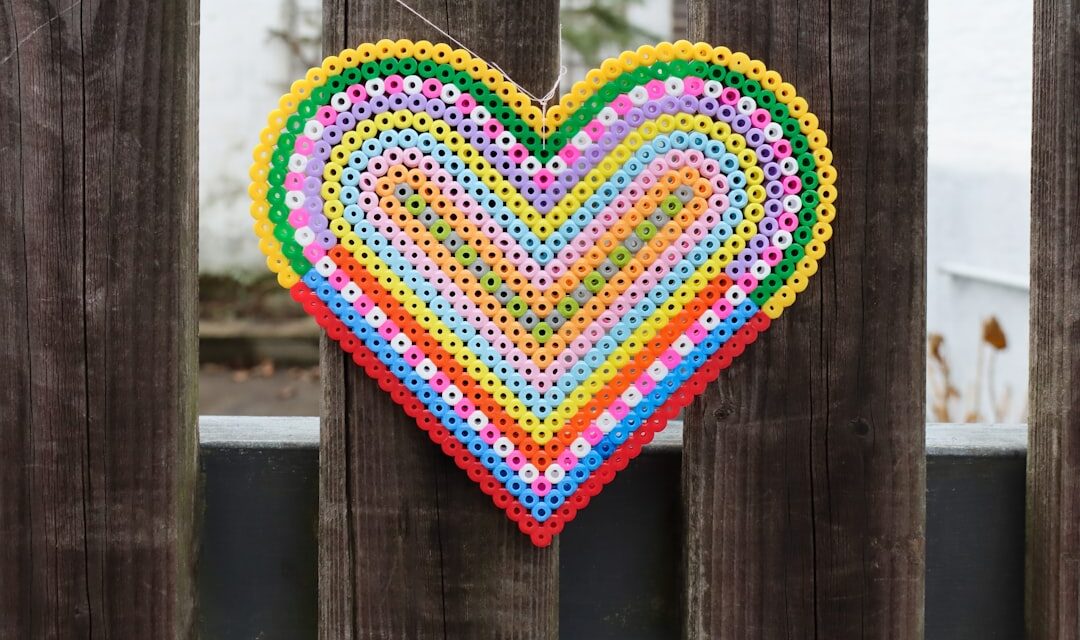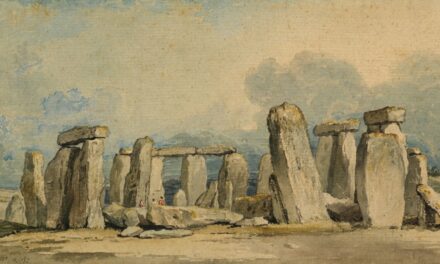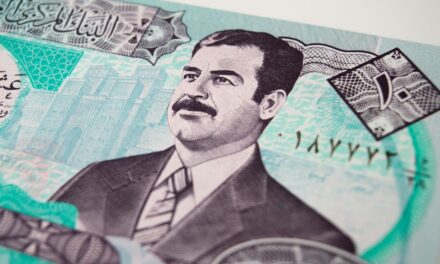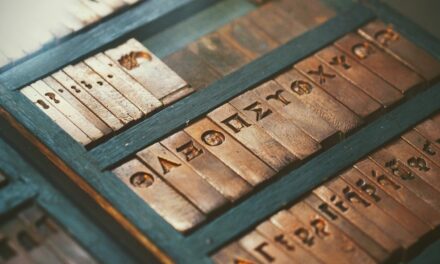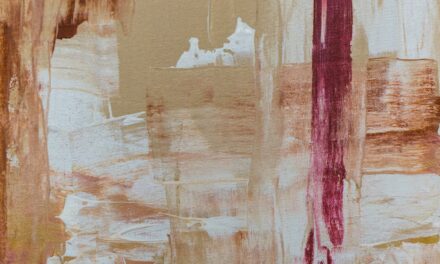Mosaic art boasts a rich and varied history that stretches back thousands of years, with its origins often traced to the ancient civilisations of Mesopotamia and the Mediterranean. The earliest known mosaics date back to around 3000 BCE, where small pieces of stone were used to create decorative patterns in the floors of temples and palaces. The Greeks and Romans later refined this art form, employing intricate designs made from coloured stones, glass, and ceramics.
The Romans, in particular, elevated mosaic art to new heights, using it to adorn public buildings, baths, and villas. Their techniques allowed for greater detail and complexity, leading to the creation of elaborate scenes depicting mythology, nature, and daily life. As the Roman Empire expanded, so too did the influence of mosaic art.
It became a prominent feature in early Christian churches, where it was used to convey religious narratives and symbolism. The Byzantine Empire further developed this tradition, with mosaics becoming a central element in church decoration. The use of gold tesserae created a shimmering effect that enhanced the spiritual experience for worshippers.
This period saw the emergence of iconic works such as the mosaics in the Hagia Sophia in Istanbul, which remain celebrated for their grandeur and artistry. Over the centuries, mosaic art has evolved, adapting to various cultural contexts while retaining its fundamental appeal as a medium for storytelling and expression.
Summary
- Mosaic art dates back to ancient Mesopotamia and has been used in various cultures throughout history.
- Traditional materials for mosaic art include glass, ceramic, and stone, while modern tools include tile nippers and grout floats.
- Techniques for creating mosaic art include the direct method, indirect method, and double indirect method, each with its own unique process.
- Design and planning are crucial in mosaic art, with considerations for colour, pattern, and scale being important factors in creating a successful piece.
- Mosaic art has cultural significance in various regions, with examples such as the Byzantine mosaics in churches and the intricate designs of Islamic architecture.
Materials and Tools for Mosaic Art
Traditional Materials in Mosaic Art
The materials used in mosaic art are as diverse as the styles and techniques employed by artists throughout history. Traditional mosaics were primarily made from natural stones such as marble, limestone, and granite. These materials not only provided durability but also offered a range of colours and textures that could be combined to create stunning visual effects.
Evolution of Materials in Mosaic Art
In addition to stone, glass tesserae became increasingly popular, particularly during the Byzantine period. Glass can be cut into various shapes and sizes, allowing for intricate designs that reflect light beautifully. In contemporary mosaic art, artists often incorporate a wider array of materials, including ceramics, porcelain, and even recycled items like broken tiles or glass bottles.
Sustainability and the Modern Mosaic Artist
This eclectic approach not only broadens the palette available to artists but also encourages sustainability within the art form. The use of recycled materials, in particular, highlights the artist’s ability to think creatively and reduce waste.
Essential Tools for Creating Mosaics
The tools required for creating mosaics are relatively simple yet essential for achieving precision. A mosaic cutter or nipper is used to shape tesserae, while tweezers can assist in placing smaller pieces accurately. Adhesives such as thin-set mortar or PVA glue are crucial for securing the tesserae to a substrate, while grout fills the gaps between pieces, providing a finished look and added stability.
Techniques and Methods for Creating Mosaic Art
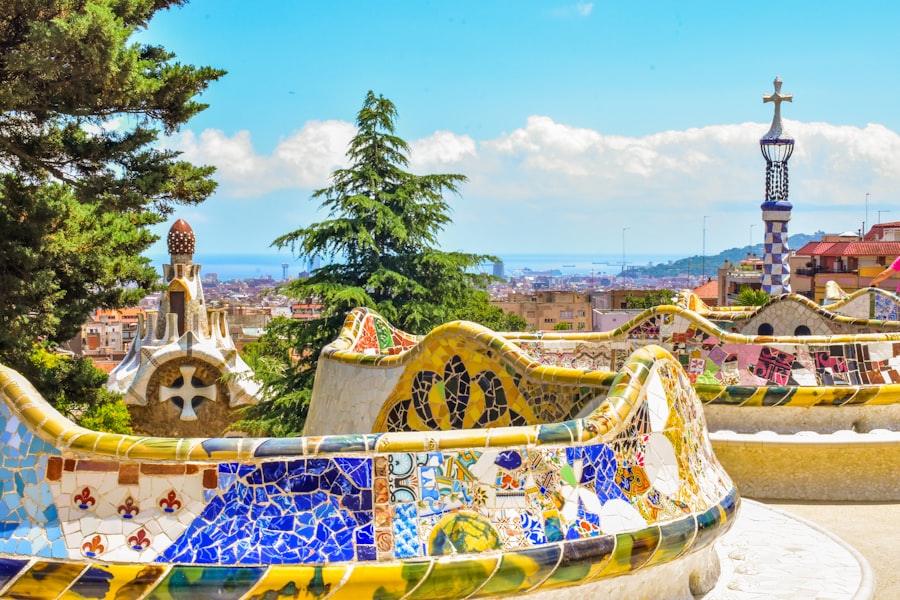
Creating mosaic art involves a variety of techniques that can significantly influence the final outcome. One of the most fundamental methods is the direct method, where tesserae are adhered directly onto a substrate in a predetermined design. This technique allows for immediate visibility of the work as it progresses but requires careful planning to ensure that pieces fit together seamlessly.
Alternatively, the indirect method involves assembling the mosaic on a temporary surface before transferring it to its final location. This approach is particularly useful for larger projects or when working with intricate designs that require precise alignment. Another technique worth noting is the use of different cutting methods to achieve various shapes and sizes of tesserae.
Artists may opt for straight cuts for geometric patterns or more organic shapes for naturalistic designs. The choice of tesserae can also dictate the overall style; for instance, using larger pieces can create a bold statement, while smaller pieces allow for detailed imagery. Additionally, artists often experiment with layering techniques, where multiple layers of tesserae are used to create depth and texture within the artwork.
This multifaceted approach not only enhances visual interest but also invites viewers to engage with the piece from different angles.
Design and Planning for Mosaic Art
Designing a mosaic requires careful consideration and planning to ensure that the final piece aligns with the artist’s vision. The initial step often involves sketching out ideas on paper or using digital design software to create a detailed blueprint. This stage is crucial as it allows artists to experiment with colour schemes, patterns, and overall composition before committing to materials.
Many artists also consider the context in which their mosaic will be displayed; factors such as lighting, surrounding architecture, and viewer interaction can all influence design choices. Once a design is finalised, artists typically create a scale model or mock-up to test how their ideas translate into three dimensions. This model serves as a guide during the actual construction process, helping to maintain proportions and spatial relationships between elements.
Additionally, artists may choose to incorporate elements of surprise or movement within their designs by varying the size and orientation of tesserae. This dynamic approach can lead to engaging visual narratives that draw viewers in and encourage them to explore the artwork more closely.
The Cultural Significance of Mosaic Art
Mosaic art holds profound cultural significance across various societies throughout history. In ancient times, mosaics served not only as decorative elements but also as symbols of wealth and power. The intricate designs often depicted scenes from mythology or historical events, reinforcing cultural narratives and communal identity.
For instance, Roman mosaics frequently illustrated tales from mythology or celebrated military victories, serving both aesthetic and propagandistic purposes. In religious contexts, mosaics have played an essential role in conveying spiritual messages and enhancing worship experiences. The use of vibrant colours and intricate designs in churches was intended to inspire awe and reverence among congregants.
In Byzantine churches, mosaics often depicted saints and biblical scenes, serving as visual aids for storytelling in an era when literacy rates were low. This practice not only enriched religious life but also fostered a sense of community among worshippers who shared in the experience of viewing these sacred artworks.
Contemporary Applications of Mosaic Art

In modern times, mosaic art has found new life in various applications beyond traditional settings. Artists today are exploring innovative ways to integrate mosaics into public spaces, urban environments, and even contemporary architecture. Large-scale installations in parks or city squares serve as focal points that invite community engagement while beautifying public areas.
These projects often involve collaboration between artists and local communities, fostering a sense of ownership and pride among residents. Moreover, contemporary mosaic artists are increasingly experimenting with mixed media approaches that blend traditional techniques with modern materials and concepts. For example, some artists incorporate digital technology into their work by using computer-generated designs or even 3D printing techniques to create unique tesserae shapes.
This fusion of old and new not only revitalises the art form but also challenges perceptions of what mosaic art can be in today’s world.
Tips and Tricks for Beginners in Mosaic Art
For those venturing into the world of mosaic art for the first time, there are several tips that can help ease the learning curve and enhance creativity. Firstly, starting with a simple design is advisable; complex patterns can be overwhelming for beginners. Choosing a small project allows for experimentation without feeling daunted by scale or intricacy.
Additionally, selecting materials that are easy to work with—such as pre-cut glass or ceramic tiles—can simplify the process while still yielding beautiful results. Another essential tip is to invest time in learning about different adhesives and grouts available on the market. Understanding how these materials interact with various substrates can significantly impact the durability and appearance of the finished piece.
Practising cutting techniques on scrap materials before working on a final project can also build confidence and improve precision when shaping tesserae. Finally, joining local mosaic groups or online communities can provide valuable support and inspiration from fellow artists who share similar interests.
Famous Mosaic Artists and Their Work
Throughout history, numerous artists have made significant contributions to the field of mosaic art, each leaving an indelible mark on its evolution. One notable figure is Antoni Gaudí, whose work in Barcelona showcases an innovative approach to mosaic design known as “trencadís.” This technique involves using broken ceramic tiles to create vibrant patterns that reflect natural forms. Gaudí’s iconic Park Güell features stunning mosaics that blend seamlessly with organic architecture, exemplifying his belief in harmony between nature and design.
Another prominent artist is Ravenna’s early Christian mosaicists who created some of the most exquisite examples of religious mosaics during the 5th and 6th centuries CE. The Basilica di San Vitale is renowned for its stunning mosaics depicting biblical figures such as Emperor Justinian and Empress Theodora, showcasing both artistic skill and theological significance. These works continue to inspire contemporary artists who draw upon their rich heritage while exploring new themes and techniques within mosaic art.
In conclusion, mosaic art is a multifaceted discipline with deep historical roots and contemporary relevance. Its evolution reflects cultural shifts while maintaining its core essence as a medium for storytelling and expression across time periods and societies.
If you’re intrigued by the intricate details and historical depth of mosaic art, you might also find interest in exploring other unique art forms. For instance, the Transavantgarde art movement, which emerged in Italy during the late 20th century, embraces a fascinating blend of traditional techniques with modern expressions, much like mosaic art. To delve deeper into this captivating art movement, consider reading An Introduction to Transavantgarde Art, which provides a comprehensive overview of its origins, key artists, and defining characteristics. This exploration can enrich your understanding of how traditional art forms continue to influence contemporary art.
